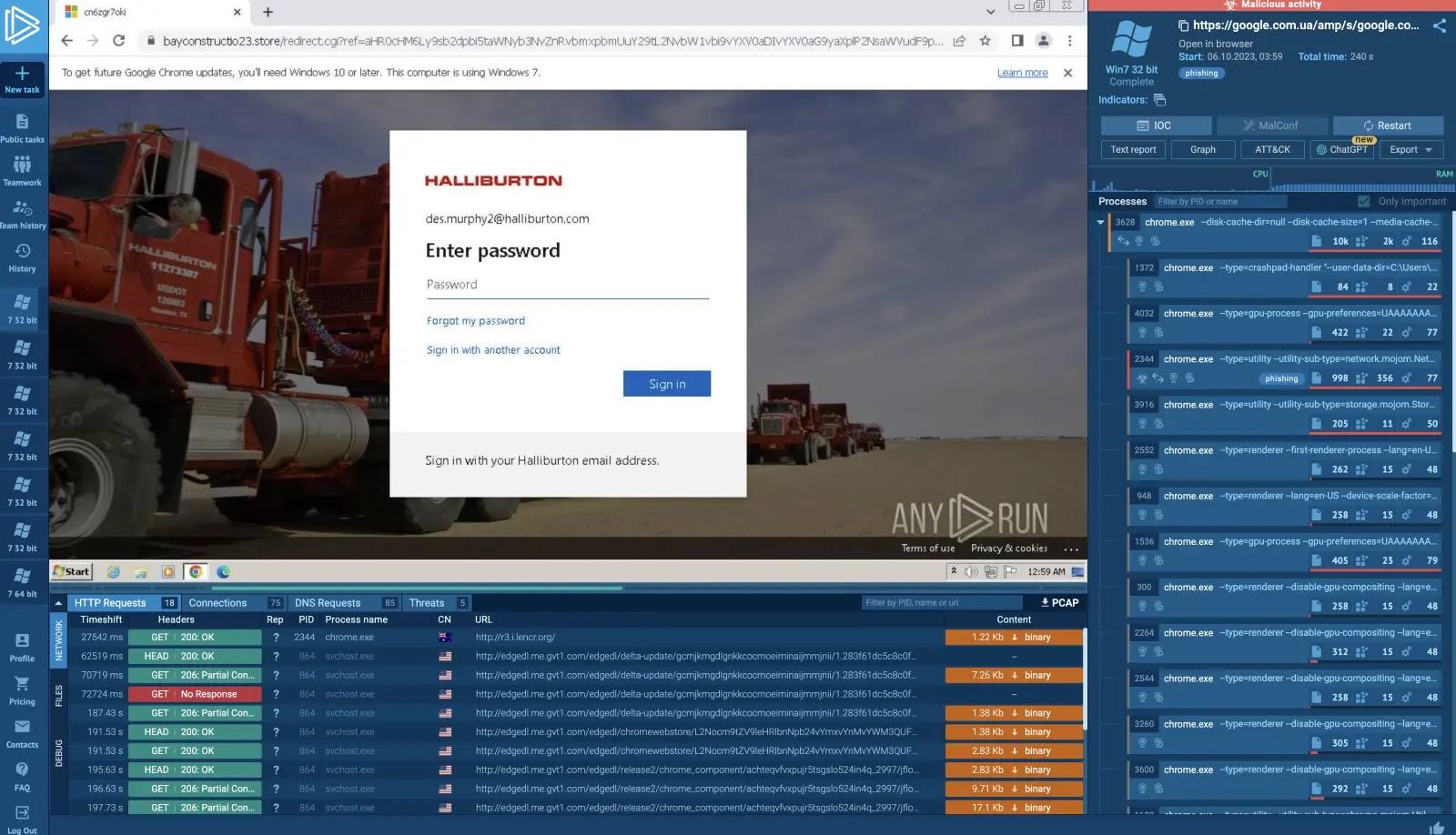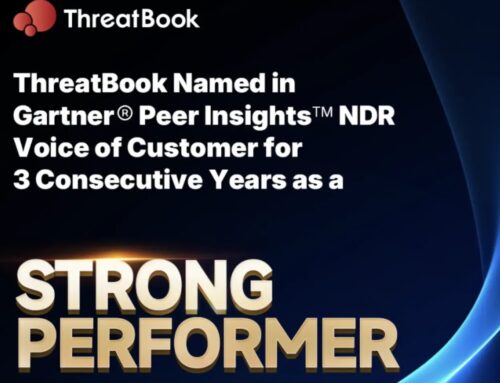
New Wave of Steganography Attacks: Hackers Hiding XWorm in PNGs
The Invisible Threat: XWorm Malware Hiding in Plain Sight
Imagine a benign image file – a company logo, a product shot, a beautiful landscape. Now, imagine that very image secretly harbors a potent and dangerous malware, poised to execute undetected within your systems. This isn’t a plot from a spy thriller; it’s the grim reality of a new wave of steganography attacks observed by experts at ANY.RUN. They’ve recently uncovered a sophisticated XWorm campaign leveraging this technique, embedding malicious payloads within seemingly innocuous PNG image files. This advanced method allows the malware to bypass traditional signature-based defenses, posing a significant challenge for even seasoned cybersecurity professionals.
Understanding Steganography and Its Malicious Application
Steganography, derived from the Greek words “steganos” (covered) and “graphein” (to write), is the art of concealing a message or file within another message or file. Unlike cryptography, which scrambles a message to make it unreadable, steganography aims to hide the very existence of the message. In the context of this XWorm campaign, attackers are exploiting the inherent flexibility of image formats, particularly PNGs, to embed encrypted loaders.
The malicious payload isn’t directly ‘visible’ within the image data; instead, it’s often hidden in less significant bits of the image’s pixel information, or by manipulating metadata that wouldn’t typically affect the image’s visual integrity. The genius – and danger – lies in the execution. These embedded loaders are designed to execute entirely in memory. This “fileless” approach means the malware never touches the disk in a recognizable form, effectively side-stepping many endpoint detection and response (EDR) solutions that rely on file system monitoring and signature matching.
Anatomy of the XWorm Steganography Attack
The core mechanism involves several critical stages:
- Infection Vector: While the specific initial access vector isn’t fully detailed, such attacks typically begin with phishing emails, malicious downloads, or compromised websites delivering the seemingly innocent PNG file.
- Payload Concealment: The XWorm malware is encrypted and subtly integrated into the PNG image data. This is often achieved through techniques like Least Significant Bit (LSB) steganography or by appending data in areas that viewers or standard image applications ignore.
- In-Memory Execution: Once the victim opens or processes the image file through a specially crafted loader, the embedded malicious code is extracted, decrypted, and executed directly within the system’s memory. This prevents the creation of suspicious files on the disk, making forensic analysis challenging.
- XWorm’s Capabilities: XWorm is a versatile Remote Access Trojan (RAT) known for its broad range of malicious functionalities, including but not limited to keylogging, data exfiltration, remote command execution, and potentially ransomware deployment. Its ability to remain undetected for extended periods amplifies the damage it can inflict.
Remediation Actions for Analysts and Hunters
Defending against steganography-based attacks requires a shift from traditional signature-based detection to more advanced behavioral and memory-centric analysis. Here are actionable steps for cybersecurity professionals:
- Enhanced Endpoint Detection and Response (EDR): Implement EDR solutions with advanced behavioral analytics capabilities that can detect suspicious process injection, unusual memory access patterns, and anomalous network communications, even if no malicious file is present on disk.
- Memory Forensics: Develop and regularly practice memory analysis techniques. Tools that can capture and analyze system memory can reveal hidden processes, injected code, and suspended threads associated with fileless malware.
- Network Traffic Analysis (NTA): Monitor network traffic for unusual outbound connections, especially those initiated by processes not typically associated with network activity. Even if the initial payload is hidden, XWorm will eventually communicate with its C2 server. Look for anomalies in DNS requests, HTTP/S traffic, and non-standard port usage.
- Content Disarm and Reconstruction (CDR): Employ CDR techniques for all incoming files, especially images and documents. CDR can remove potentially malicious active content or hidden data while maintaining the usability of the legitimate content.
- User Education and Awareness: Reinforce training on phishing detection, safe browsing habits, and the dangers of opening unsolicited attachments or files, even if they appear benign. Remind users that even common file types can be weaponized.
- Sandboxing and Isolation: Utilize sandboxing environments for analyzing suspicious files, including image files, before they are introduced into the production environment. This allows for safe observation of their behavior.
- Threat Intelligence Integration: Stay updated with the latest threat intelligence feeds that detail new steganography techniques and XWorm campaigns. Integrations into SIEM and SOAR platforms can help detect known indicators of compromise (IOCs).
- Regular Patching and System Updates: While not directly preventing steganography, maintaining updated operating systems and applications reduces the attack surface and mitigates vulnerabilities that might be exploited by initial access vectors for placing the malicious PNGs.
Tools for Detection and Analysis
Here are some practical tools that can assist in identifying and analyzing steganography-based threats and fileless malware:
| Tool Name | Purpose | Link |
|---|---|---|
| Volatility Framework | Advanced memory forensics for extracting hidden processes, injected code, and network connections from memory dumps. | https://www.volatilityfoundation.org/ |
| Mandiant RedLine | Endpoint security tool for host investigation and memory analysis, identifying suspicious activity and IOCs. | https://www.mandiant.com/resources/free-tools/redline |
| Strings | Basic utility for extracting readable text strings from binary files and memory, useful for initial payload identification. | Included in Sysinternals Suite (https://learn.microsoft.com/en-us/sysinternals/downloads/strings) |
| binwalk | Tool for analyzing binary files for embedded files and executable code, can sometimes detect hidden data streams in images. | https://github.com/ReFirmLabs/binwalk |
| StegHide | A utility specifically designed for detecting and extracting data hidden using steganography in images and audio files. | http://steghide.sourceforge.net/ |
Conclusion
The latest XWorm campaign employing steganography within PNG files underscores a critical evolution in attacker tactics. By embedding payloads in seemingly benign files and executing them entirely in memory, threat actors are effectively circumventing traditional security barriers. This necessitates a proactive and adaptive defense strategy, prioritizing advanced EDR, robust memory forensics, diligent network monitoring, and continuous user education. Organizations must move beyond signature-based detection and embrace a deeper understanding of threat behaviors to effectively counter these increasingly sophisticated and stealthy





